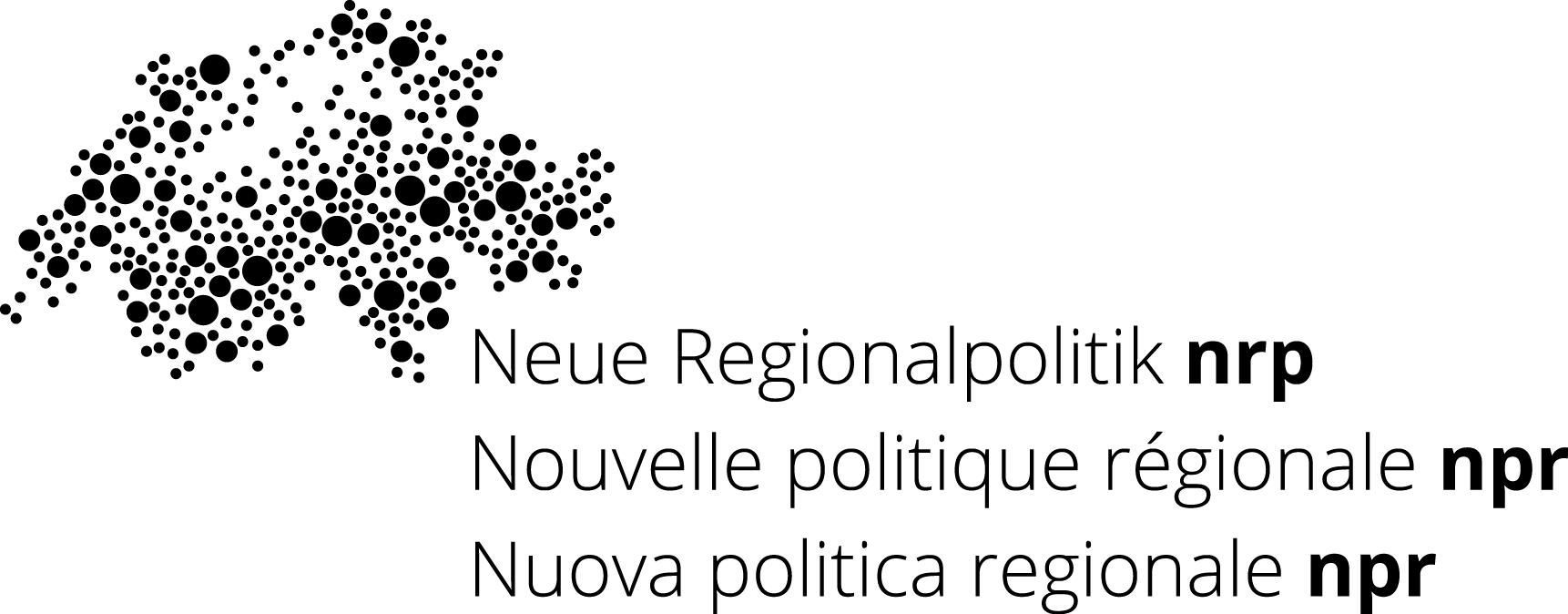Technical systems
Today's technical systems are getting more and more complex associated with the rapid increase of new technologies in a number of industrial domains. These systems have one challenge in common: the increasing amount and complexity of software. And they have to be safe for humans and the environment. Ascertaining the safe behavior of technical systems is key. Therefore, a number of safety regulations and standards have emerged just over the last decade.
Consequently, there is a significant growth of the scope and the intensity of safety assessments of technical systems required for being compliant with these safety regulations and standards. However, this has also an impact on today’s approach of performing safety assessments which are predominantly carried out “manually”, i.e. today’s commercially available and cross-industry used safety analysis tools, that are no longer up to date to cope with the complexity of technical systems.
In order to compete with the increasing complexity of technical systems in combination with the faster time-to-market demands guaranteeing the required level of safety, a framework for a requirements-driven optimization of the system concepts in conjunction with a Model-Based Safety Analysis (MBSA) respectively Model-Based Systems Engineering (MBSE) is proposed for this research. By integrating MBSA into the MBSE based development of the system concepts, an automated procedure was developed respecting the relevant safety regulations/standards.
Automated MBSE-MBSA
Automated MBSE-MBSA procedure is available for the industrial partners after being tested for several use cases. This procedure allows the automatic generation of FTA and FMEA artefacts from a common qualitative technical system model described with SysML language.
The SysML modeling includes both the description of the nominal system behavior and of the failure system behavior. This way of system modeling ensures a full MBSE-MBSA integration enabling the industrial partners to identify earlier in the preliminary concept phase the critical and in many cases safety-related design aspects.
The automated procedure combines the modeling method of the nominal and failure system behavior using SysML and the coupled safety analysis using smartIflow Workbench developed by Ulm University of Applied Sciences with the automatic generation of the safety analysis artifacts.

Result valorization
The four industrial partners use the results in different ways:
- Through the network of expertise constituted by the SysRO research, the MBSE-MBSA know-how of the industrial partner companies acquired were directly valorized in their industrial practices
- The automatic creation of the safety artifacts helps to avoid human errors of omission or misunderstanding of the technical system and have the advantage of being reproducible as well. The automatically generated FTA and FMEA artefacts on a qualitative model are well-suited for validating system concepts
- Suitable solutions to model high-level system, to control the size of the transition system and to compute the potential failure modes require further research and development (limitations with the complexity of industrial cases). The potential of the automated procedure is demonstrated.
Partners
Industrial Partners:
Brusa Elektronik AG – Johnson Electric International AG - Liebherr Machines Bulle SA - Meggitt SA
Academic Partners:
School of Engineering and Architecture Fribourg - ROSAS - Institute of Smart and Secured Systems (iSIS) - Sustainable Engineering Systems Institute (SeSi) - Ulm University of Applied Sciences
Research Funding Body
New Regional Policy of the canton Fribourg



